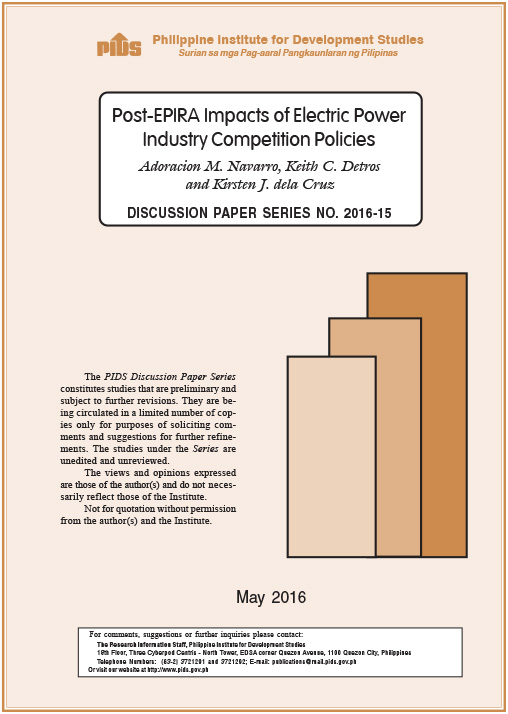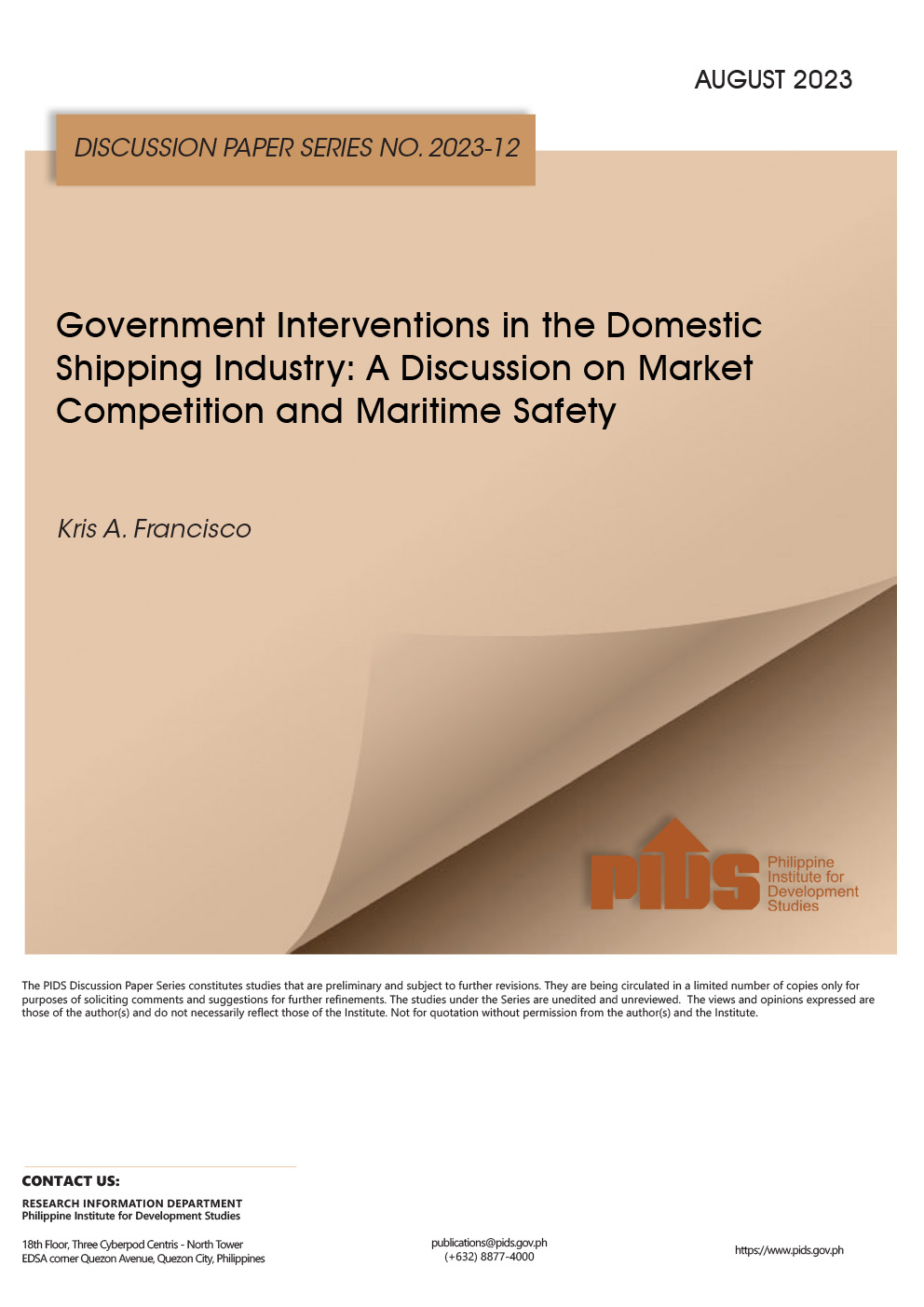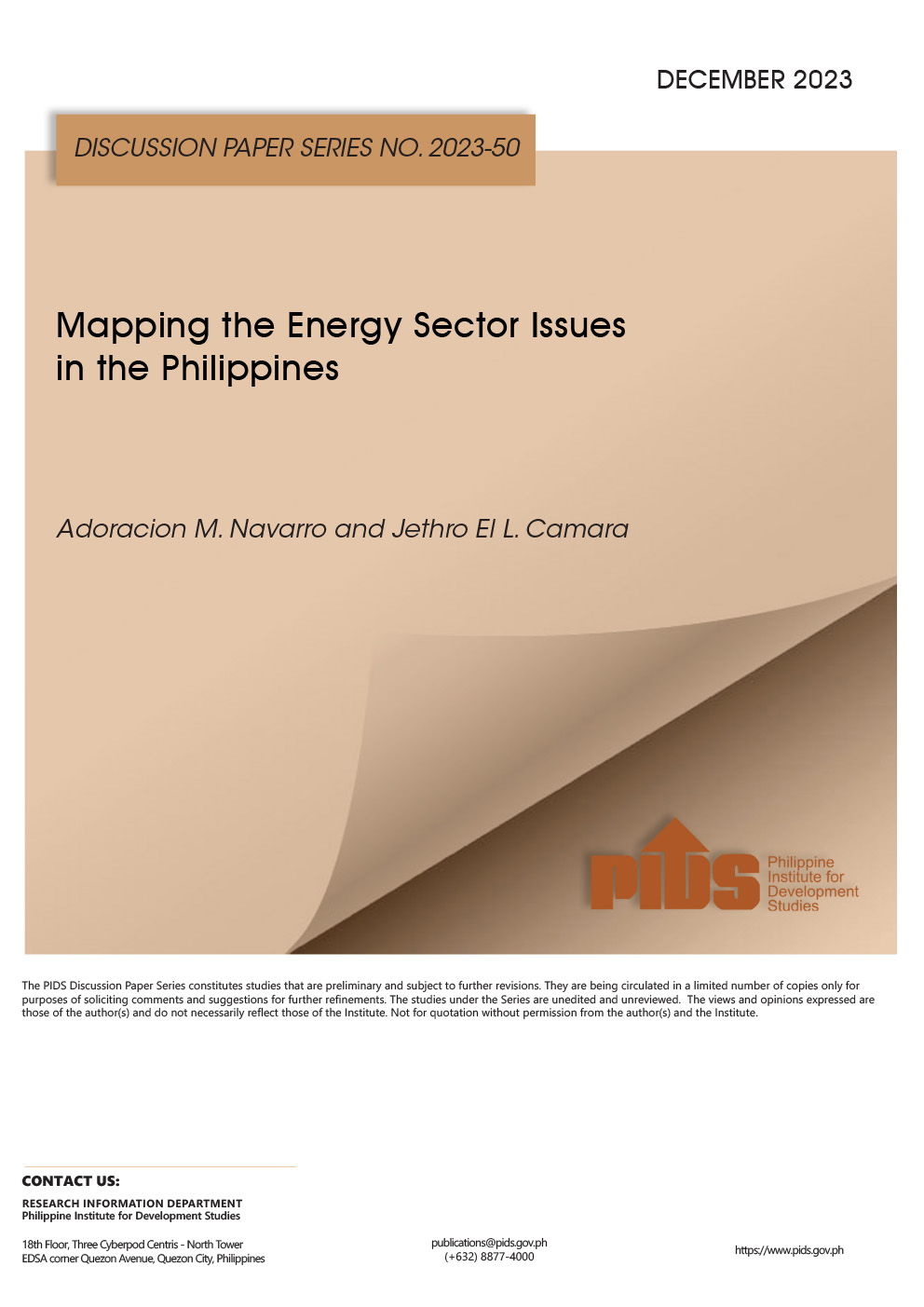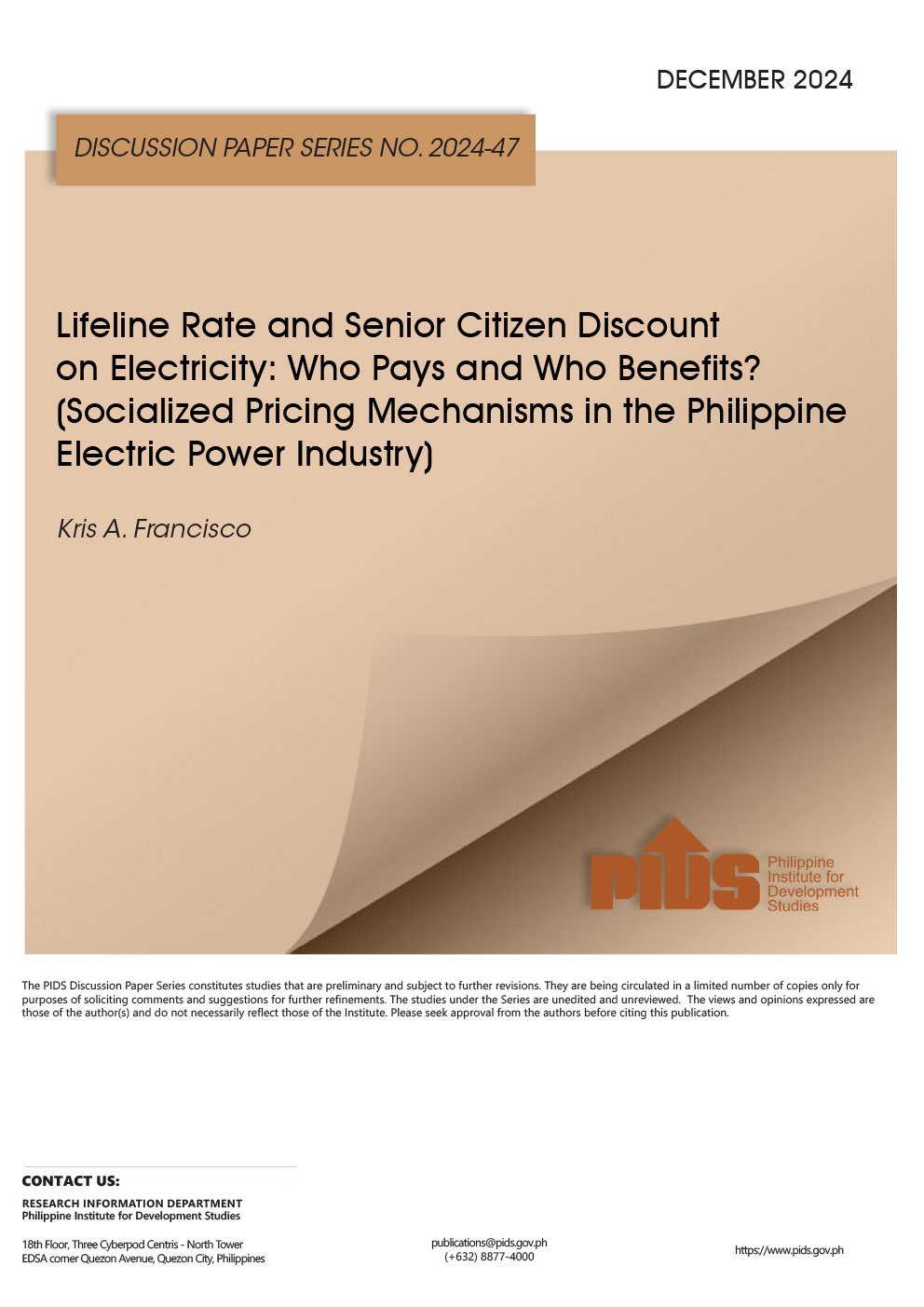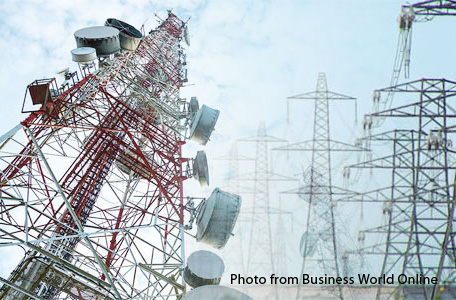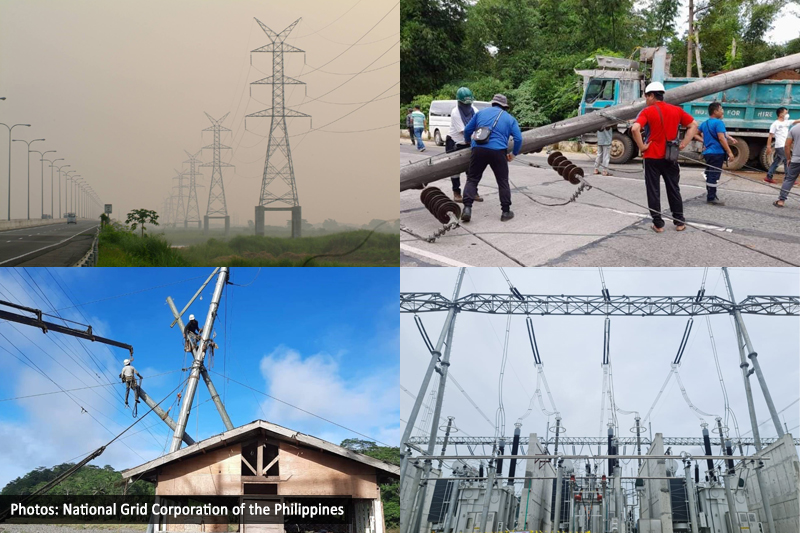This study evaluates the achievement of the desired outcomes of the competition policies contained in the Electric Power Industry Restructuring Act of 2001 (EPIRA). It traces the evolution of the electric power industry before EPIRA and post-EPIRA. It looks at impacts on the consumers in terms of price affordability and supply reliability, and impact on production efficiency in terms of system loss reduction. In pre-EPIRA, electricity price in the Philippines was already high relative to other countries. Trends show that, in real terms, there was a price uptrend during the transition (2001-2005) toward the start of competition in the generation sector. There was a slight downtrend in the real price of electricity after the introduction of spot electricity trading, but the price of electricity remains high and it has not declined to pre-EPIRA levels.
There is a danger that the findings on price trends could provide ammunition to those advocating the repeal of the EPIRA and renationalization of the industry. It must be emphasized, however, that the country has a long history of private sector-led electric power industry. Moreover, the nationalization years were marked by inefficiencies and fiscal problems that were not borne by electricity consumers alone but by the whole country. Thus, calls to repeal EPIRA are ill-advised. What needs to be done is to find ways of improving its implementation. The electricity spot market has to be governed by an independent market operator, regulatory capacity has to be strengthened, and the energy department needs to beef up its planning function.
Citations
This publication has been cited 2 times
- Meerow, Sara . 2017. Double exposure, infrastructure planning, and urban climate resilience in coastal megacities: A case study of Manila. Environment and Planning A, 49, no. 11, 2649-2672.
- Meerow, Sara . 2017. Double exposure, infrastructure planning, and urban climate resilience in coastal megacities: A case study of Manila. Environment and Planning A, 49, no. 11, 2649-2672.

